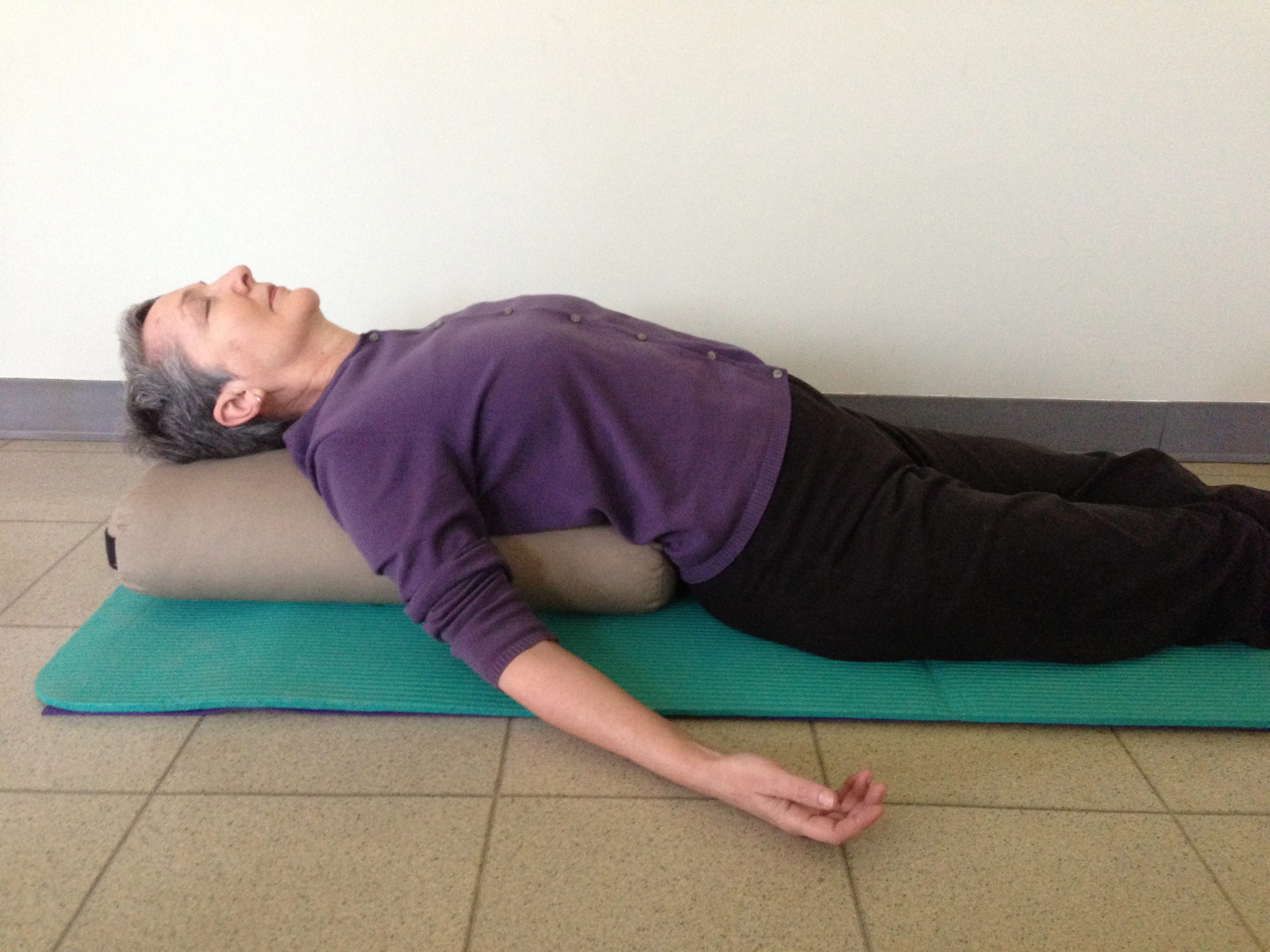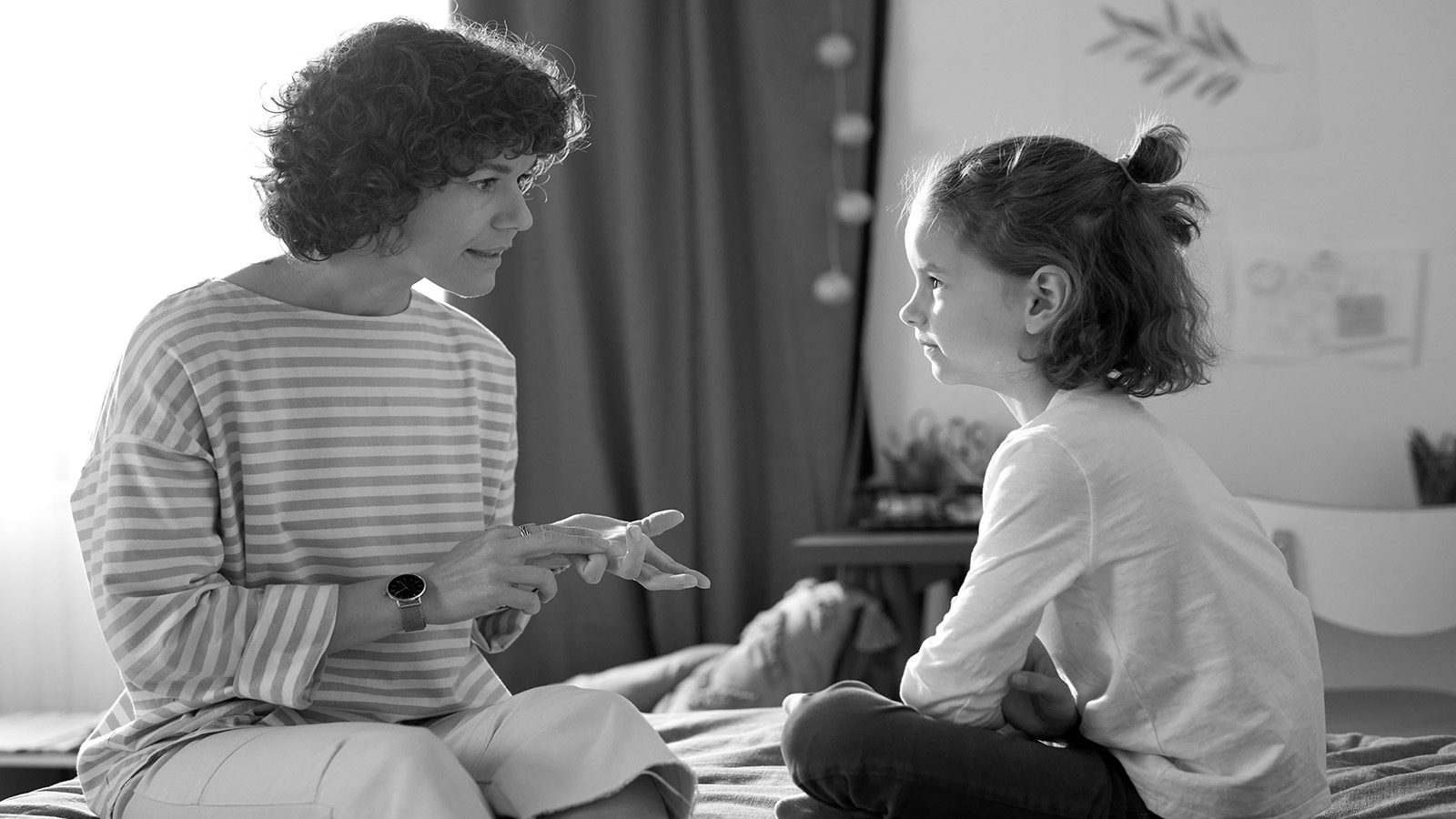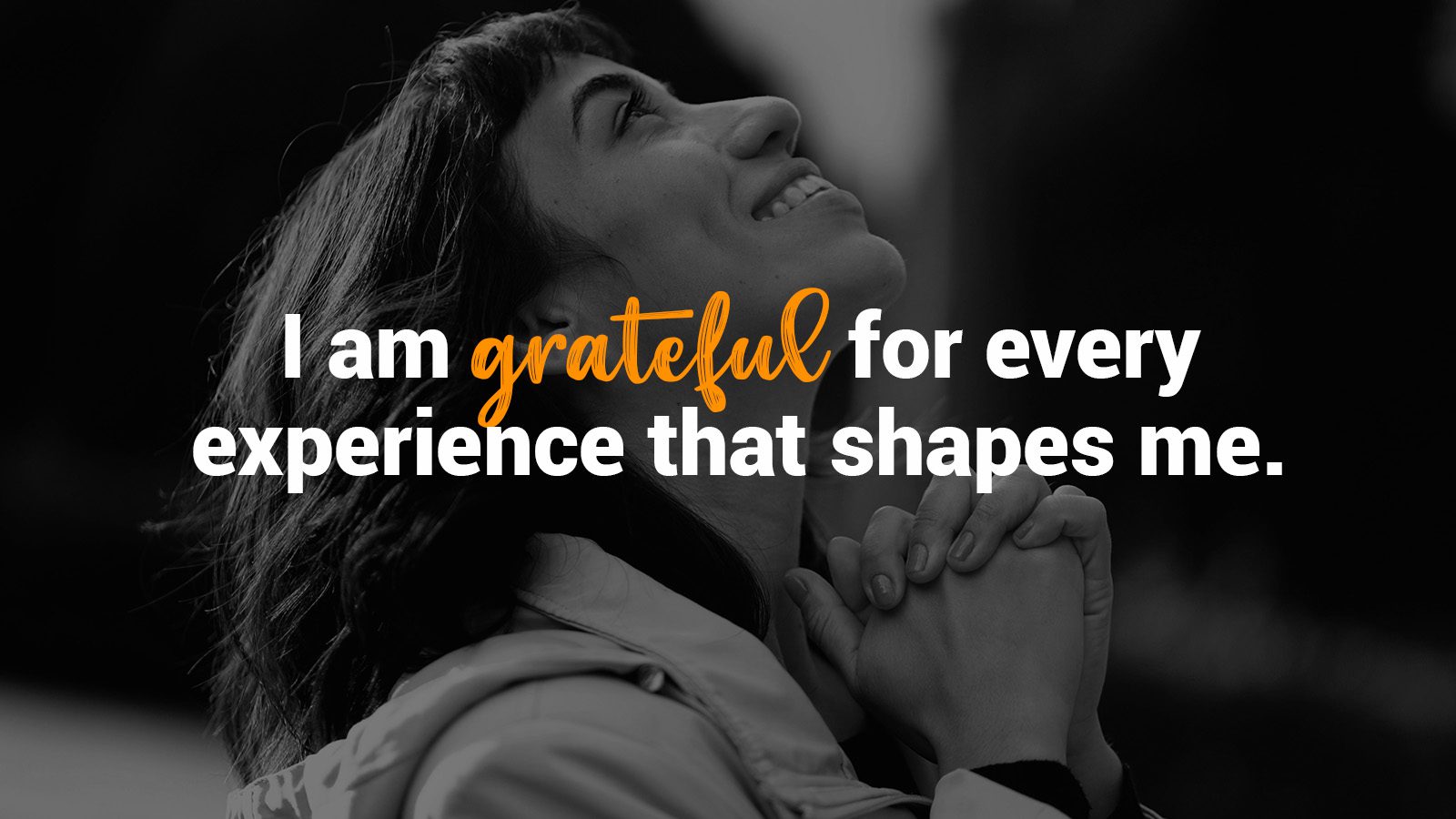Restorative yoga is a term for yoga poses done with the full support of bolsters, straps, blankets, or blocks—allowing the practitioner to sink into the pose so they can be completely relaxed, absorbed, and present.
“The supported fish pose is a gentle restorative back bend. The goal is to relax and renew…”
Because each pose is held for five to seven minutes—some practitioners up to 10—many people cover themselves with a lightweight blanket to enhance the feeling of comfort and security.
The lengthy holds in restorative yoga teach our bodies to submerge into rest. This leads to a tranquil state where stress is released—the first step in healing. A consistent practice of restorative poses helps us to unwind and relax with ourselves; to be utterly still—excellent preparation for long periods of sitting meditation and quiet retreat.
An active person, when I first tried restorative yoga it was difficult for me to let go and remain still. But I soon came to appreciate the benefits of the rich nourishment my body and mind received. I also discovered it to be an effective prelude to a good night’s sleep.
As a stand-alone practice, I recommend an hour of restorative poses—asanas. As an accompaniment to your current practice, you may want to add 20-30 minutes at the end.
The supported fish pose is a gentle restorative backbend. The goal is to relax and renew. To enter this pose, sit on the floor with your legs fully extended in front of you. You may want to slip a bolster (or rolled blanket) under your knees for even more relaxation and comfort.
Place a yoga bolster lengthwise behind your back, keeping the bolster close to—but not touching—your sacrum. Your spine should be parallel to, and your head fully supported by, the bolster as you slowly lay back. Some practitioners like to place a small rolled towel under their neck for even more support. You can add height to the bolster with folded blankets if you feel any physical tension.
Lay your arms out on each side in a relaxed “T” position—palms up—for a receptive posture. Focus on “let go” breathing:
• Inhale soothing energy with a mental “let.”
• Exhale tension with a mental “go.”
This pose is a wonderful chest opener, providing deep stretches for the intercostal muscles between the ribs. If you find the stretch to be too intense, place a pillow under each arm for additional support.
One of my favorite restorative asanas is how I feel when I melt into the supported fish pose and mentally affirm, “I open my heart to the good around me.”














